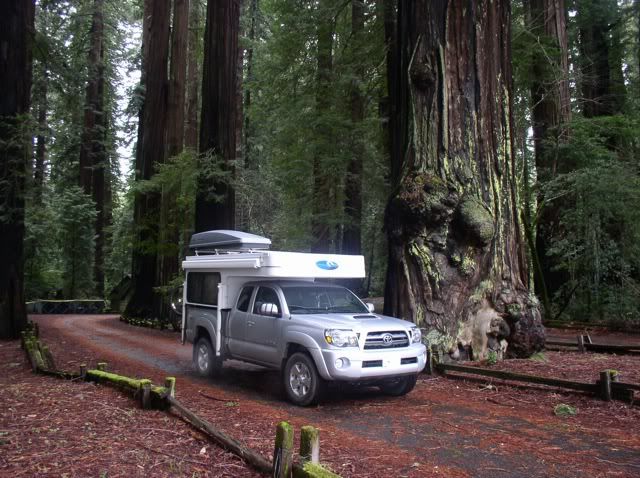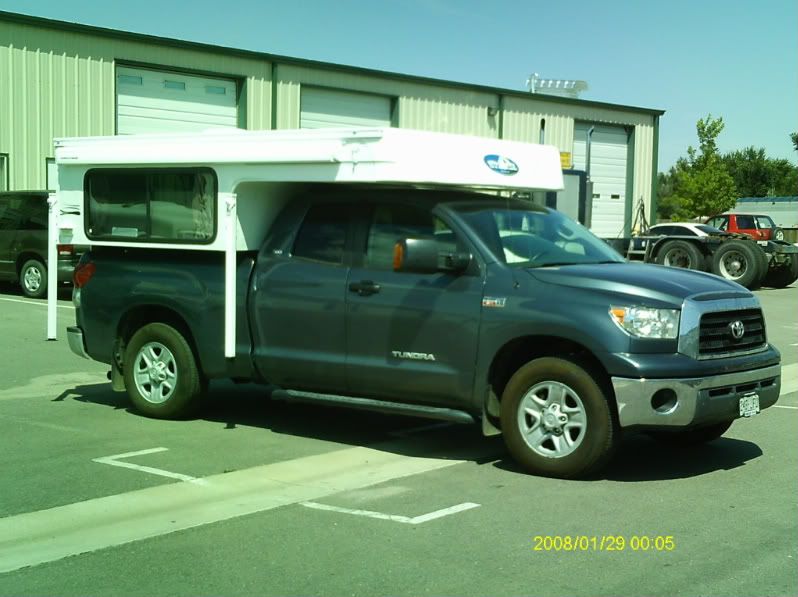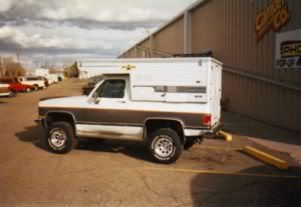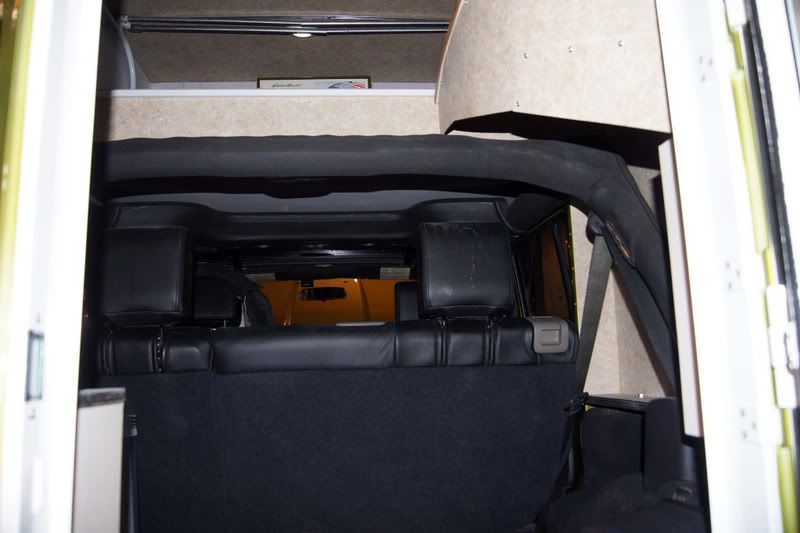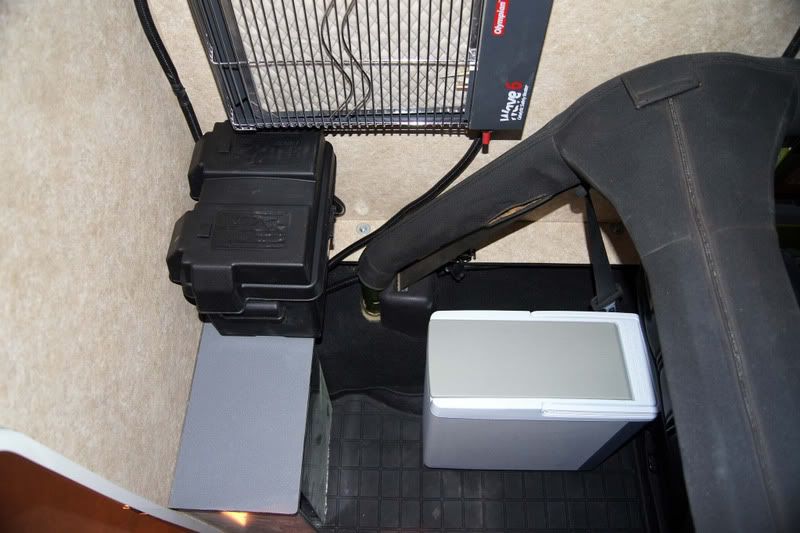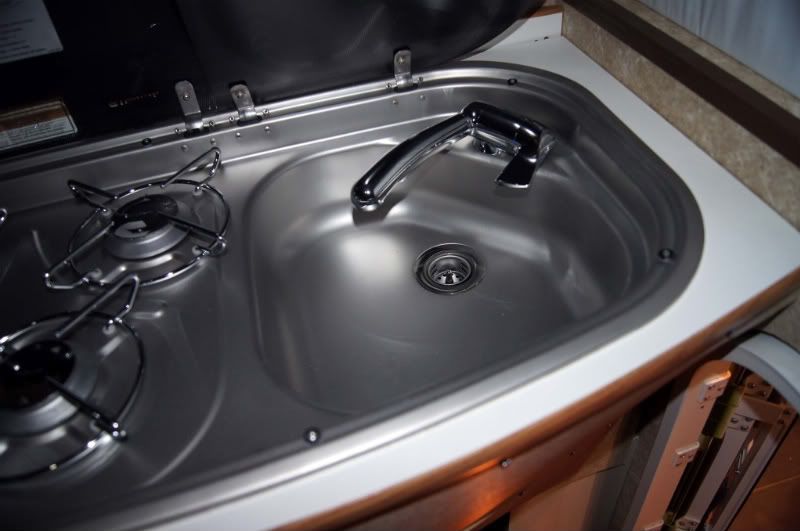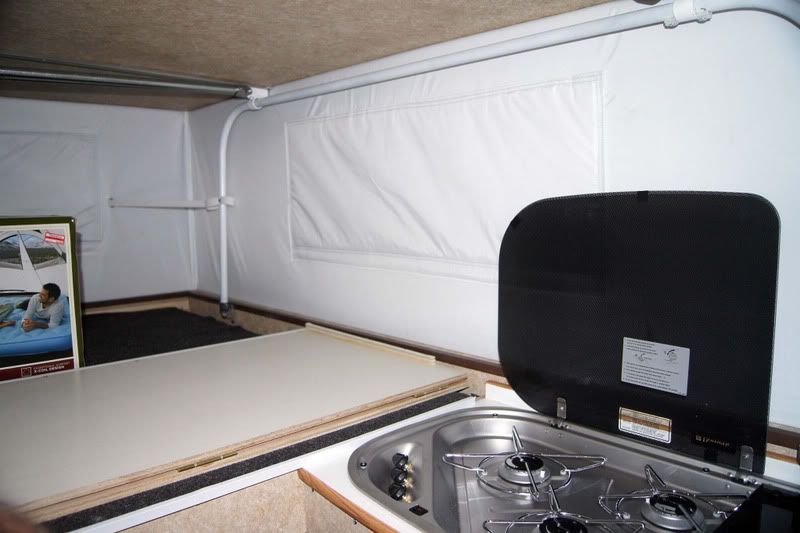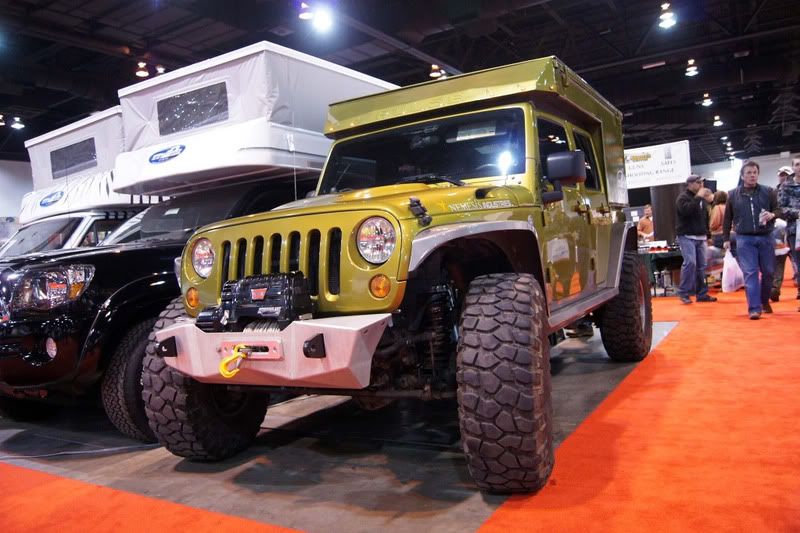Cab over lengths and earodynamics
What have you been seeing performance wise on the installations that have the cab over over hanging the plane of the windshield like that verse being farther back? Obviously there is going to be some aerodynamic losses there I was curious if you had any appreciation for what that might be in reality?
Hi pods8,
Great question! I am sure a lot of people wonder about this, so since I have driven all different combinations of trucks, campers, and cab over lengths, I hope I can help clear up some of the questions.
1. After building campers for 20+ years, and seeing how much the cab over on a camper does effect the performance of a vehicle (especially on the highway and in heavy wind) I became obsessed with developing a truly aerodynamic cab over shape for our campers. So I spent about 2 years working on the shape and production of our new aerodynamic cab over. I am not trying to advertise here, I just wanted everyone to know how much importance I place on this issue.
2. So, if at all possible get yourself a camper that is shaped so that it slices through the wind as smoothly and as effortlessly as possible.
3. In my opinion, the very best aerodynamic truck mounted camper would have the following features, in order of importance:
a. Aerodyanamic shape to the cab over cap, so that whether it was
mounted to a truck or not it would slice through the wind.
b. Tightness of clearance between the top of the vehicle's roof, and
the bottom of the camper's cab over. No matter how LONG
the cab over is or how well designed the aerodynamic shape
is on the tip, wind will sneak into the space above the cab
and creat an air dam that slows the vehicle down. The bigger
the gap you have here, the worse the air dam will be.
The
very best thing you can do to improve the aerodynamics of any
existing truck/camper combo is to add a CAB-TO-CAMPER PAD. This is an inflatable pad that fills this gap between the cab and cab over. Closing this gap make the wind divert to either side
of the camper instead of getting trapped and causing the dam.
The cab to camper pad can sometimes help other things like
"bed bounce." I very much recommend getting the 3M clear bra
added to your vehicle's roof before adding the pad, in order to
protect the paint.
c. Length designed to fit the vehicle cab such that the wind from the
highway travels up the windshield and continues to flow across
the aerodynamic cab over tip WITHOUT hitting a "shelf" from
an overhanging extra long cab over. For the sake of improved
overall camper center of gravity, and sometimes comfort inside
of the campeer's living quarters it is sometimes worth giving up
this particular aerodynamic feature. It's a matter of opinion.
In the above quote's pictures, the yellow vehicle shows the
perfect aerodynamic fit, and the white one shows the
less than perfect aerodynamic fit. If you have a camper with
the fit like the white truck DON'T FREAK OUT AND SELL IT, just
get yourself the CAB-TO-CAMPER PAD mentioned on feature b
if you feel the need to improve your aerodynamics.
d. If you want to really go crazy with your aerodynamic obsession,
you can do a couple of other things. Make your camper as
absolutely LOW profile as possible. Add air diflectors to the
front wall of the camper, angling forward to the truck's cab,
reduce the air damming a the front wall, on either side of the
cab. Cut the cab over off of your camper completely. Round
off the upper rear end of your camper, since it has been
proven that most of your aerodynamic drag actually occures
at the rear of a vehicle as the wind swirls behind it.
You add any camper on top of your truck and it is a reletively square box, with room enough for some beds and storage, and you're going to lose some performance and fuel mileage. Once you accept this fact, you just have to decide of the comfort and freedom that you gain from adding the camper is worth trading for this.
I have received feedback from hundreds of my customers over the years and here's the facts that I have concluded.... They are finding that on average pop up campers will reduce your fuel mileage about 2 - 4 MPG. It seams to depend more on the amount of extra power your particular truck model has before adding the camper, than exactly how you shape and size your camper.
Okay, as usual, long answer to a simple question, sorry. Hope someone out there finds it interesting.

